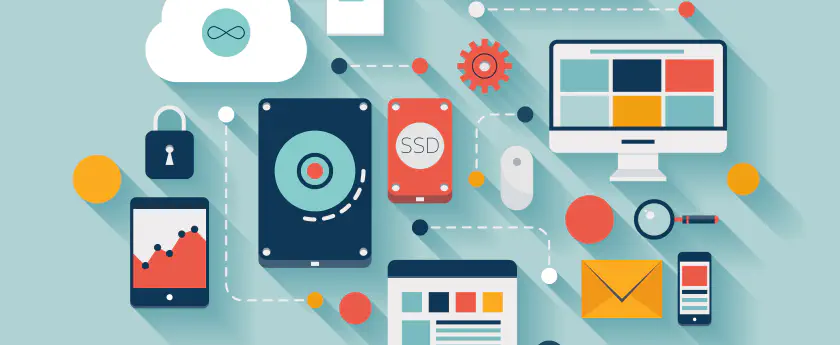Methods of Survey Data Collection
The word ‘survey’ means ‘to look at in a comprehensive way’. There are numerous survey research methods, including in-person and telephone interviews, mailed and online questionnaires.
In-Person Interviews
Getting information in person may be the most personal approach and most effective way of gaining trust and cooperation from the respondent. It is easier to react to puzzled facial expressions, answer questions, probe for clarification, or redirect responses. Face to face contact is particularly useful to detect respondent discomfort when discussing sensitive issues or attempts to respond in a socially desirable way.
The in-person interview is usually more costly than any other data collection method. Interviewers must be trained and flown to geographic areas or found and trained within the area of study. It may be unrealistic to send interviewers into areas of high-density housing or high crime which may result in an important demographic left out of the study.
Telephone interviews
Telephone interviews are less expensive than in-person interviews and may be more or less expensive than mailings, depending on the numbers involved. Access to some people is easier by telephone. However, there may still be some people who are not reachable by phone.
Fewer interviewers are needed to conduct telephone than in-person interviews; if interviewers call from the same location, they can clarify questions with each other, assuring greater standardization and reliability.
Rapport and trust are difficult to establish by telephone. Respondents retain varying degrees of anonymity by phone, depending on how phone numbers are obtained. It is increasingly difficult to distinguish telemarketing calls from the bona fide survey researcher. That, along with increasing identity theft, has made the general public more skeptical about sharing information with anyone for any reason over the phone.
Mailed Questionnaires
More people may be reached by paper surveys than any other method, although up to date mailing lists may be difficult to come by and postage can be expensive.
Mailed questionnaires give people time to think about their responses and to use resources at home or at work when responding. There is, of course, no chance to ask probing questions or clarify information.
Through sleet, rain, or snow, the mail can be delayed or lost. When a mailed questionnaire does arrive, it may be discarded with the junk mail; mailed questionnaires are less personal than any other survey method.
Online Questionnaires
The use of online questionnaires is very popular. Online questionnaires are the least expensive way to reach the greatest number of people – globally. Although not everyone has a computer, tablet, or smart phone, computers are available at public libraries and community agencies.
Online questionnaires may look easy to create, but in fact are just as difficult as mailed questionnaires to do well. Email invitations, reminders, and the surveys themselves must be designed to be “responsive” to whatever type of device the respondent uses to take the survey, adjusting text sizes and graphics so that they are easily readable. Once designed, online questionnaires can be easily stored and used from year to year, revising, as necessary.
Response rates are higher with online questionnaires than with mailed questionnaires or in-person interviews – during the first few days. Subsequently, response rates fall to match the same low rate as mailed questionnaires. Because email addresses are unique identifiers, online survey providers must have a strategy to guarantee anonymity and confidentiality. If one or the other is violated, or perceived to be violated, data quality can suffer.
Response time, of course, is quick. Those in charge can track respondents, non-respondents, and results throughout data collection. Email invitations and reminders are sent quickly and inexpensively. Respondents may start to respond, stop, save their responses, and complete at a later time. Research indicates that respondents to online surveys answer questions more honestly than by other methods of data collection.
Our inboxes are crowded; our junk folders are full. It’s easy to overlook the invitation to an online survey, so the email invitations, email reminders, questionnaire layout, and design are all important factors in increasing response rates.
It is also important to make sure that multiple submissions are not permitted that might skew results. Technical problems can eat up staff time like little else, so it’s nice to work with an online survey provider that handles any hardware and software problems for you.
There are many data collection methods to consider. The method you select will depend upon the type of research being conducted, the response rates required to reach valid data, cost, and several other factors.
Talk with an expert at NBRI who can help you decide what’s best. Contact us now at 800-756-6168.




























 By submitting this form you agree to our
By submitting this form you agree to our